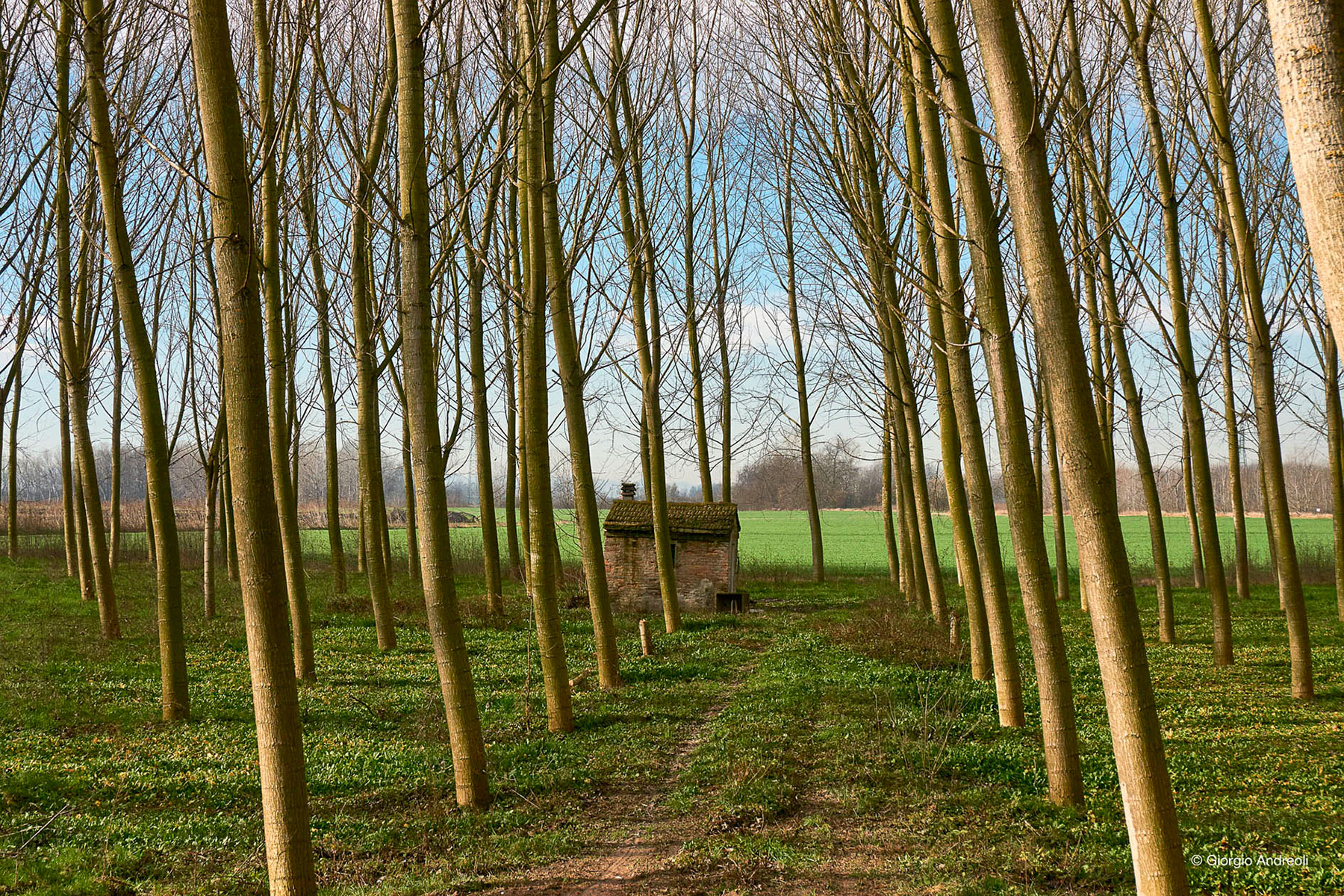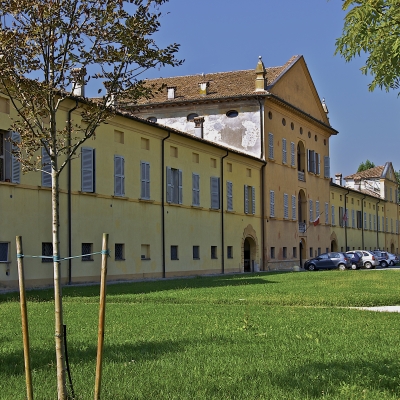The Golena of Gualtieri
The gualtieri flood plain offers significant opportunities from the naturalistic point of view in the different seasons of the year. The territory enclosed between the master's embankment and the Po riverbed is very complex and diversified, including both naturalistic and anthropological aspects.
Until not long ago the Po and its flood plains were very popular; in these woods worked and lived several people (fishermen, mills of the Po, farmers, ferrymen, washerwomen, laborers in the quarries, etc.), also among these woods lived the famous painter and sculptor Antonio Ligabue in some of the most dramatic moments of his life.
The Golena di Gualtieri stands out in closed floodplains and open floodplains, separated by an embankment known as floodplain of about 1 m. lower than the Master. The closed part between the two banks is characterized by agricultural crops, on which there are some farmhouses and an eighteenth-century village, once inhabited by the "Sabiaroli". In this area there is a protected naturalistic area obtained in an old clay quarry called "I Caldarèn". The open part, towards the river is occupied by large stretches of poplar woods often interrupted by spots consisting of indigenous species, lakes formed in abandoned quarries, bugs and lances in which different species of fauna and plants live and reproduce. Along the bike path that joins Gualtieri to Boretto and Guastalla, you can admire exciting natural places, such as the Isola degli Internati, the blue lake, the Caldarèn, the via Alzaia, the quarry of Piattello and from the floodplain you can enjoy the beautiful profile of the towers and the palace of Gualtieri emerging from the embankment: a fascinating landscape where nature and architecture interact. The long Viale Po flanked by poplars, directly connects the center of Gualtieri to the right bank of the Po.





